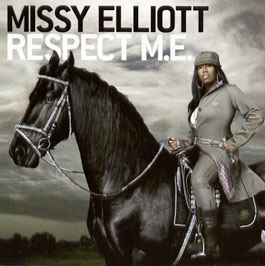
From the Stone Age to the Rolling Stones, from the mead hall to Carnegie Hall, poetry in the form of song lyrics has withstood the test of time. In fact, some of the greatest poetry written in the last 50 years resides in the songs and recordings of artists who have entertained us with their music, giving poetry perhaps its most widespread stage since the Romantic Age. The words of rock, country, folk, blues, and hip-hop artists are as relevant and influential to the social discourse, passion, and creative expression of our time as the works of William Blake, Wolfgang Mozart, John Keats, Ludwig van Beethoven, the Shelleys (Percy and Mary), Mendelssohn, Johann Wolfgang von Goethe, and Lord Byron were to turn-of-the-19th century Europe. The lyric – at once immutable and fluid; deeply personal and universal – may indeed ensure the survival of poetry until the end of time itself.
| Rhyme: | Varied rhyme schemes, but couplets are common |
| Structure: | Varied, but points in common include verses (stanzas) and refrains |
| Measure/Beat: | Primarily iambic trimeter, tetrameter, or pentameter |
| Common Themes: | Love, tragedy, happiness, loss, life issues |
| Other Notes: |
|

